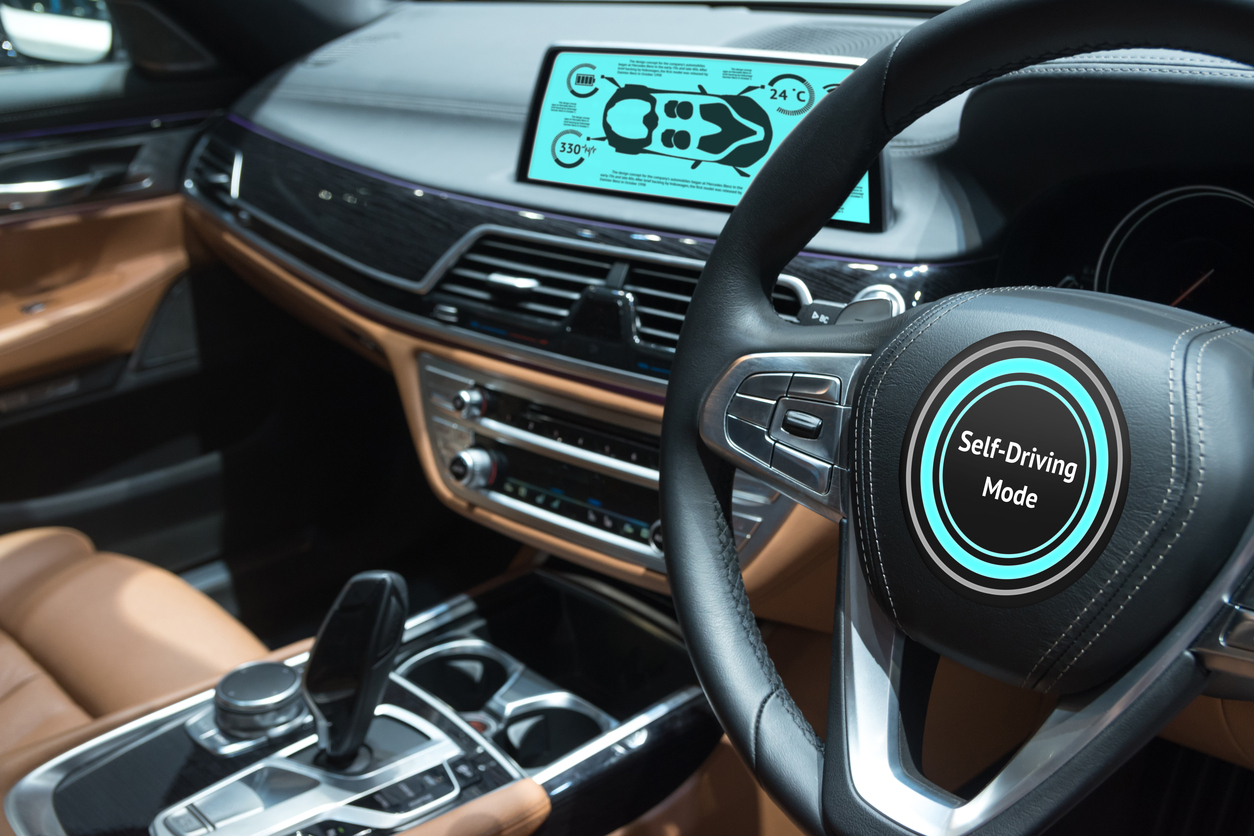The administration said it would work to ease the federal process for exempting trucks and other vehicles from existing safety standards that might inhibit the use of automation, as long as companies can make the case that their vehicles are likely to achieve “an equivalent level of safety.”
Federal officials also announced a joint research effort, by the departments of Transportation, Labor, Commerce and Health and Human Services, to study the “workforce impacts” of driverless vehicles. Transportation Secretary Elaine Chao said she remains “extremely concerned” about the impact increased automation will have on the nation’s workforce.
And transportation officials said they would seek ways to eliminate federal, state and local impediments to the deployment of driverless vehicles more broadly, which they said will bring economic and safety benefits.
The moves comes as Waymo, a leading self-driving firm, has been working to open a driverless service to the public in Arizona by year’s end. The federal guidelines also come after a self-driving Uber SUV misidentified and killed a pedestrian in Tempe, Ariz. in March. Uber had turned off the Volvo’s automatic emergency braking system as part of its testing program, and the crash remains under investigation by the National Transportation Safety Board.
The updated federal “guidance” now covers buses, transit and trucks in addition to cars, and it remains voluntary, putting the onus for safety on the companies developing the technologies rather than government regulation.
The guidance, dubbed Automated Vehicles 3.0, continues to call for companies to voluntarily describe why their vehicles are safe enough to be on public roads, though so far only four of the scores of companies active in the field have made those assessments public.
The Department of Transportation’s updated approach does make a nod to recent high-profile crashes and what officials acknowledged is skepticism about autonomous vehicles among a broad swath of the population.
The safety driver who was supposed to be closely monitoring the behavior of the self-driving Uber in Tempe was streaming NBC’s “The Voice” in the run-up to the deadly crash, according to Tempe police investigators.
A top federal transportation official said the government hopes companies will give “consideration” to providing information on how they train and monitor their safety drivers.
The administration plans to launch new pilot programs to work with states and industry, and federal officials said one such effort by the National Highway Traffic Safety Administration could eventually lay the groundwork for possible new regulations.
Legislation on self-driving cars has been stalled in the Senate, and states have taken different tacks. Arizona has taken a more laissez-faire approach, and California has required tighter oversight of driverless testing and operations in the state.
A key holdup has been skepticism among some senators and others about whether states would be excluded from their traditional roles overseeing drivers, now that drivers don’t have to be human.
“There’s wariness about the federal government’s regulatory commitment [and] willingness to police the companies,” said Bryant Walker Smith, an assistant professor of law at the University of South Carolina and a driverless policy expert. “Even more than the distrust in the technology, it’s distrust in the companies . . . And it’s even a distrust in the administrative ability of government to regulate, to act as a check."
The updated automated vehicle policy says the Department of Transportation “will modernize or eliminate outdated regulations that unnecessarily impede the development of automated vehicles” and argues that “conflicting State and local laws and regulations surrounding automated vehicles create confusion, introduce barriers, and present compliance challenges."
The 80-page policy document does not catalogue all the specific regulations officials seek to eliminate or the local regulations said to create problems.
But Smith said he was struck by the Transportation Department’s effort to “give a green light to truck automation.” The issue was such a “political hot potato” that it was largely avoided in the Senate bill, he said. And it could become a flash point in relations with states.
“Truck automation could be an area where there is some active preemption of state and local laws, especially if there are some states that are more resistant to truck automation. I can see something of a showdown,” Smith said.
Driverless industry advocates say there are numerous common-sense changes that could be made in the field overall, such as getting rid of a requirement that vehicles have a steering wheel, even when being driven by computers using cameras and lasers.
Such changes would allow ambitious redesigns of vehicles, and could spur a radical rethinking of what cars look like and what people do in them. Automakers and tech firms have proposed building rolling motels, restaurants and workspaces, or making vehicles that can move more people more efficiently and safely and help ease clogged roads. But industry advocates say those efforts will be stymied by antiquated rules.
But some safety groups say the federal policy, and the regulatory changes that may result from them, could introduce new dangers.
The policy “will not assure the public that unproven, unreliable and unsafe” autonomous vehicles are kept off the roads, according to Advocates for Highway and Auto Safety, which represents consumer and safety groups and insurance companies. Without “real oversight” from the U.S. Department of Transportation and “minimum performance standards” for autonomous vehicles " the public will be left defenseless . . . Unfortunately, today’s unenforceable guidelines do little to prevent more deaths and injuries from happening."
Uber said it will soon join Waymo, General Motors, Ford and Nuro, which makes a self-driving vehicle for delivering goods, in offering a voluntary safety assessment.
Uber spokeswoman Sarah Abboud said the firm is still reviewing the updated guidance, but “we appreciate the Department’s commitment to aligning government, industry, and other stakeholders toward the safe development of this technology.” The assessment will be released “in the coming weeks,” she said.












